The eighteenth ”Pilgrimage for the Restoration” concluded Sunday at the Shrine of the North American Martyrs in Auriesville. It was a chilly early autumn day in upstate New York – the overcast sky gray and somber. Only now and then did patches of sunlight provide relief from the prevailing bleakness. This weather must have been challenging for those pilgrims who had made the three-day march.
Compared to its beginnings this pilgrimage has assumed an altogether smaller scale. Back in those earlier days most of the pilgrims – representing a broad spectrum of Catholic life, attached themselves on the final day to a small core group who had completed a lengthy trek through the upstate country. Several thousand people would assemble in the circular pilgrimage church. The ceremony, music and preaching were of a very high order. Whatever the weather, a warm and festive atmosphere prevailed. That spirit continued after the final liturgy when the pilgrims joined together to picnic on the shrine grounds or in the shrine’s dining hall.
All that has changed. Thanks to a number of recent changes to the day of the week, timing and organization of the pilgrimage, a much reduced – if more focused – group now makes up the pilgrimage march. I would guess only 200 – 250 participated. The program of the concluding day of the pilgrimage has also been drastically simplified. There is no longer the initial assembly at the Kateri shrine in Fonda (even though she was recently canonized!). The pilgrimage is no longer concluded by a solemn high mass but by a Missa Cantata (advertised as ”solemn holy mass” in the program). That mass no longer takes place in the great pilgrimage church but in the old 1894 Martyrs shrine – and even there many more could have been squeezed in. Since the pilgrimage now ends on Sunday, there is no longer a final, beautiful and quiet low mass the day after. The homily this year focused on personal and Marian piety in contrast to the former wide-ranging sermons, dealing not just with the piety of the faithful Christian but also with the great issues of the day in the life of the Church and of the country – the social and liturgical dimension of Catholicism. On September 22 of this year, due in part to the weather, the time of day (late in the afternoon) and the undoubted weariness of the pilgrims a more restrained mood prevailed. I myself could not stay, but I doubt that given the lateness of the day (the mass concluded after 5:30) and the growing darkness that the announced “agape” of the pilgrims recreated the festive spirit of prior days. Looking at this year’s pilgrimage, an outside observer would get the impression of a small, perhaps exclusive devotional group – not of a broad movement seeking the restoration of Church and society (as the Pilgrimage’s website still proclaims). Finally, apart from the pilgrimage, even the shrine itself seems to be a little worse for the wear – despite having a new saint.
The concluding mass of the pilgrimage no longer takes place in the huge main church of the shrine but in the 1894 martyr’s chapel (below). Of course the Victorian chapel has immensely greater “character” and appropriateness for the landscape compared to the circa 1930 circular monstrosity. It is, however, open to the elements.
And yet… the landscape surrounding the shrine is as magnificent as ever – especially under the glowering Autumn sky. The sight of several hundred pilgrims who have undertaken such an arduous journey and have completed it in prayer and good order is heartening. The ceremony of the liturgy, if abbreviated, was complete and dignified. Especially the music was of a very high order ( I do not have the details of the two groups of performers; a group of nuns and novices sang the propers while a second mixed choir sang very impressively settings of the mass, hymns and motets.)
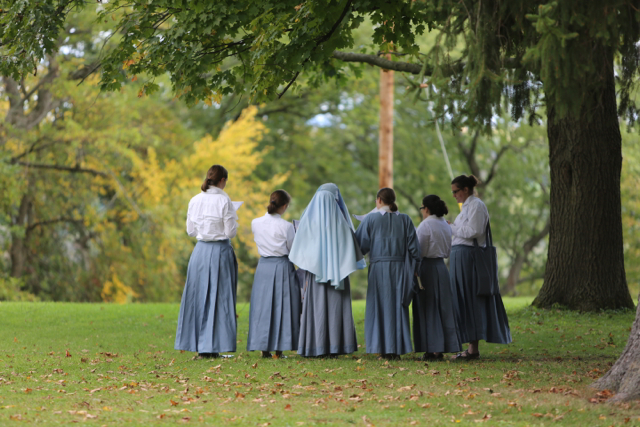
(above) Schola of nuns rehearsing.
(Above and below) A priest of the Institute of Christ, Sovereign King celebrated the mass. (Perhaps a reader can supply his name and that of the preacher of the homily).
A handful gathered in the face of the growing darkness and cold of Autumn – was this year’s pilgrimage perhaps a metaphor for the situation of the Traditionalist movement in the Church today? Has the earlier elan that prevailed even in the reign of John Paul II dissipated? But does not the continuing sacrifice of the few witness to the indestructible hope of restoration – regardless of the prevailing headwinds? Whatever the weather, to speak with Shelley: “if Winter comes, can Spring be far behind?”
UPDATE:
— The celebrant of holy Mass Sunday was First-Chaplain, Canon Andreas Hellmann, of the Institute of Christ the King Sovereign Priest.
— The priest who gave the sermon was Father James Doran, OMV, who is the Chaplain of the Company of St. René Goupil, an apostolate founded in 1998 to care for the needs of the pilgrims.
— The sisters who comprised one of the choirs Sunday are Franciscans of the Immaculata, from Bedford, Mass.
— The schola that sang polyphonic Sunday is the parish choir of St. Michael the Archangel in Scranton, directed by Mrs. Eileen Marie Hanisch.
(From the Pilgrimage Director, Mr. Greg Lloyd.)
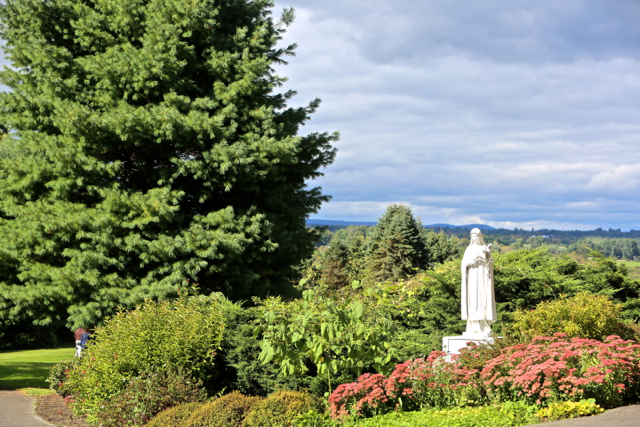
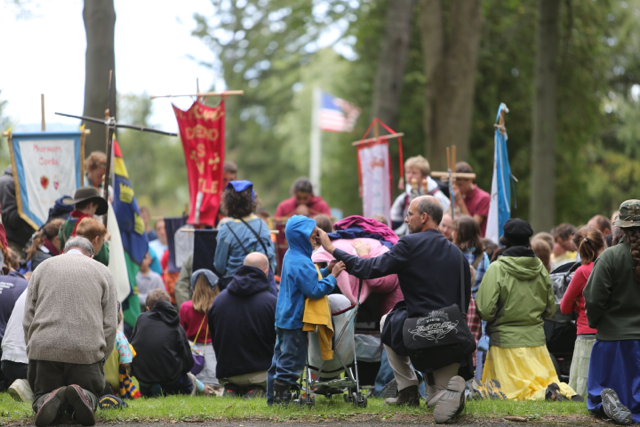
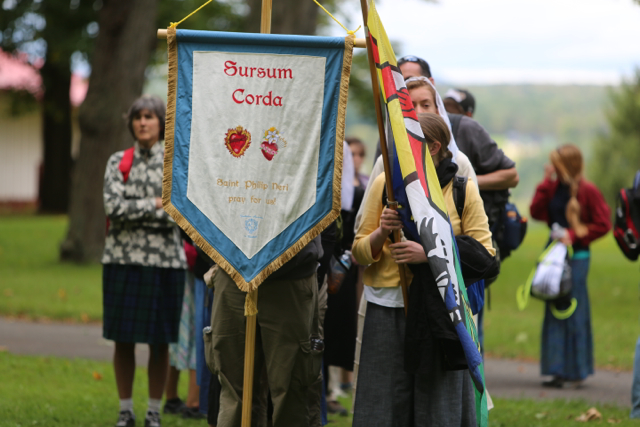
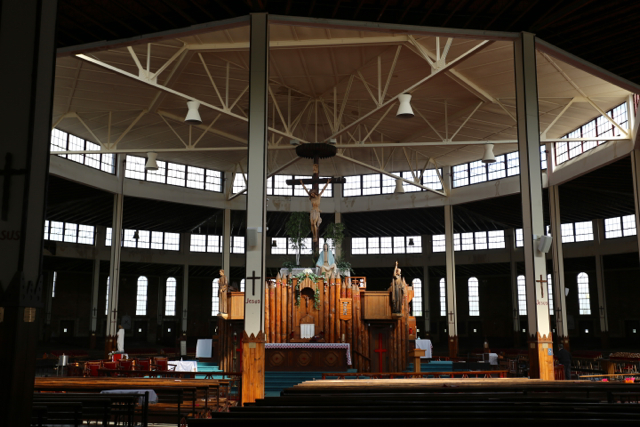
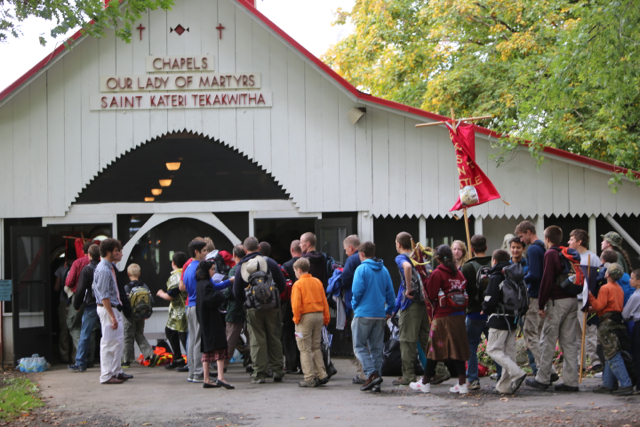
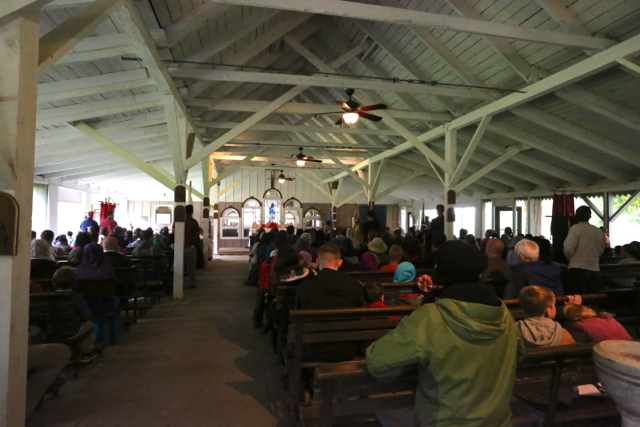
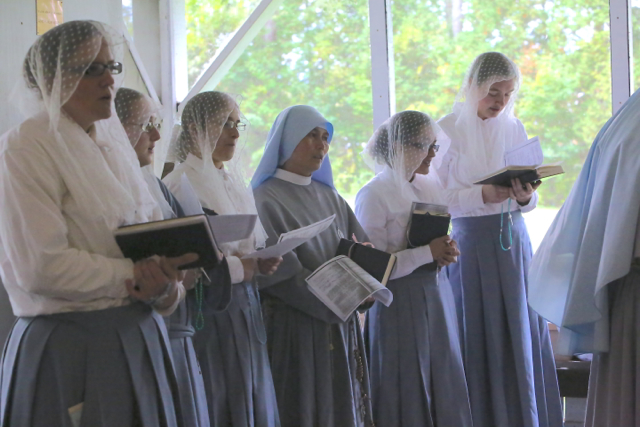
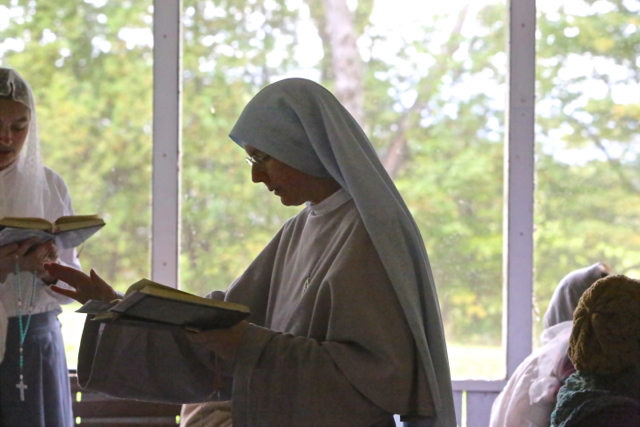
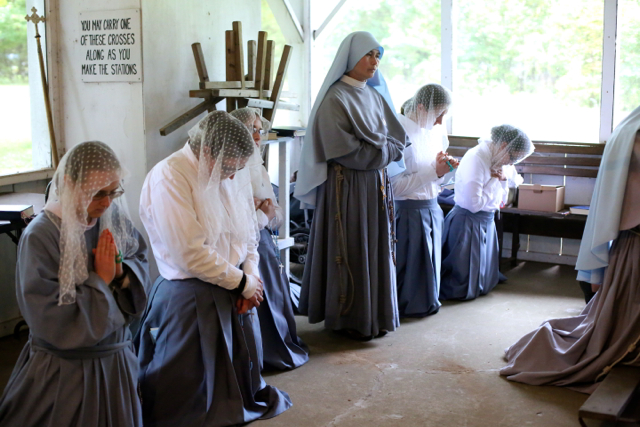
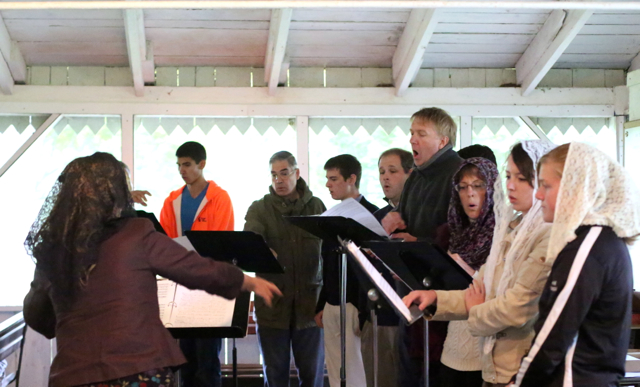
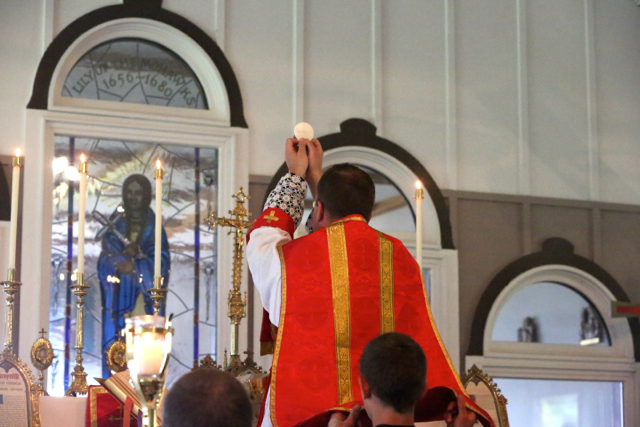
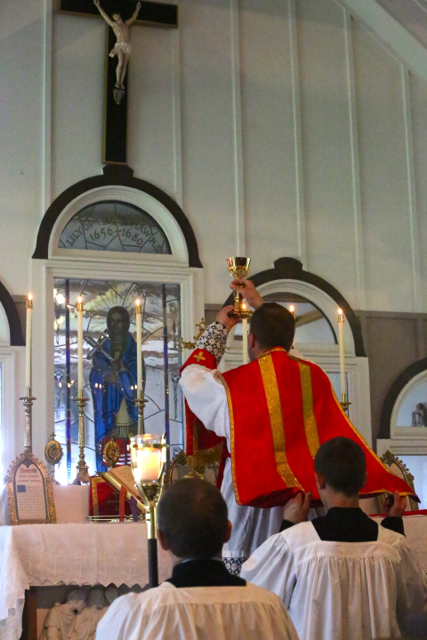
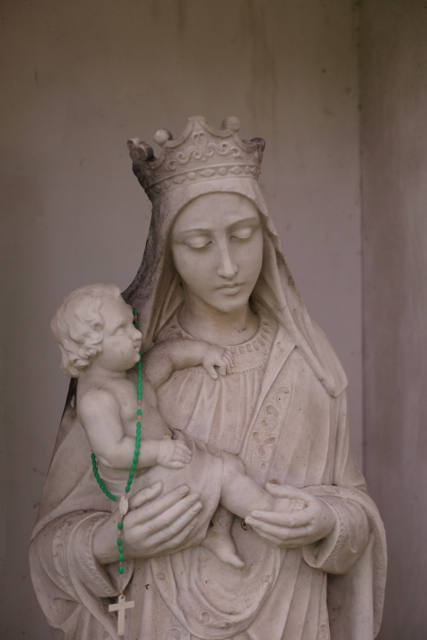
Related Articles
3 users responded in this post